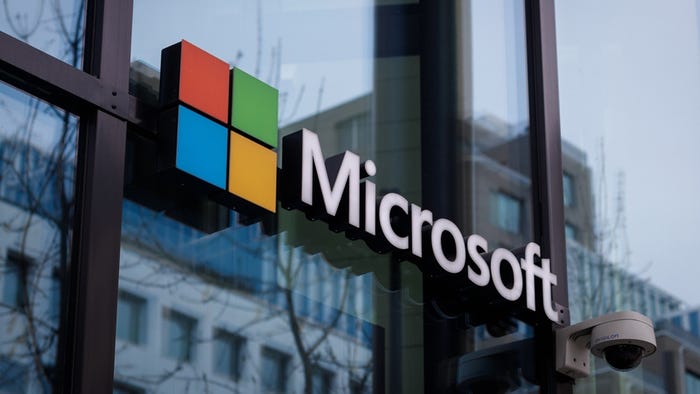Application Security
Breaking news, news analysis, and expert commentary on application security, including tools & technologies.
Icons for TikTok and REDnote displayed on mobile device screen
Threat Intelligence
Has the TikTok Ban Already Backfired on US Cybersecurity?Has the TikTok Ban Already Backfired on US Cybersecurity?
The Supreme Court has affirmed TikTok's ban in the US, which has its users in revolt and is creating a whole new set of national cybersecurity concerns.
Keep up with the latest cybersecurity threats, newly discovered vulnerabilities, data breach information, and emerging trends. Delivered daily or weekly right to your email inbox.






_marcos_alvarado_Alamy.jpg?width=300&auto=webp&quality=80&disable=upscale)
.jpeg?width=100&auto=webp&quality=80&disable=upscale)





_Yury_Zap_Alamy.jpg?width=300&auto=webp&quality=80&disable=upscale)






_Andriy_Popov_Alamy.jpg?width=300&auto=webp&quality=80&disable=upscale)




_KonstantinNechaev-Alamy.jpg?width=300&auto=webp&quality=80&disable=upscale)









_luminous_Alamy.jpg?width=300&auto=webp&quality=80&disable=upscale)







_Nils_Ackermann_Alamy_Stock_Vector_.jpg?width=700&auto=webp&quality=80&disable=upscale)